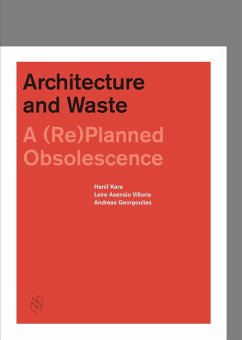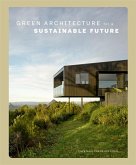Architecture and design currently play a minor role in the design and construction of industrial building types, especially waste-to-energy facilities. Through comparing the well-established waste-to-energy industries in Sweden with less established engagements in the northeast of the United States, opportunities and lessons are revealed.
This book presents a refreshed, design-led approach to waste-to-energy (WTE) plants, reflecting work done at Harvard University Graduate School of Design (GSD). Architecture and design currently play a minor role in the design and construction of industrial building types, especially waste-toenergy facilities. As densities increase and consumption patterns change, the need for more waste-to-energy facilities is only going to increase. Architects have a role to play in integrating waste-to-energy plants physically and programmatically within their urban or suburban contexts, as well as potentially lessening the generally negative perception of energy recovery plants.
This book presents a refreshed, design-led approach to waste-to-energy (WTE) plants, reflecting work done at Harvard University Graduate School of Design (GSD). Architecture and design currently play a minor role in the design and construction of industrial building types, especially waste-toenergy facilities. As densities increase and consumption patterns change, the need for more waste-to-energy facilities is only going to increase. Architects have a role to play in integrating waste-to-energy plants physically and programmatically within their urban or suburban contexts, as well as potentially lessening the generally negative perception of energy recovery plants.








